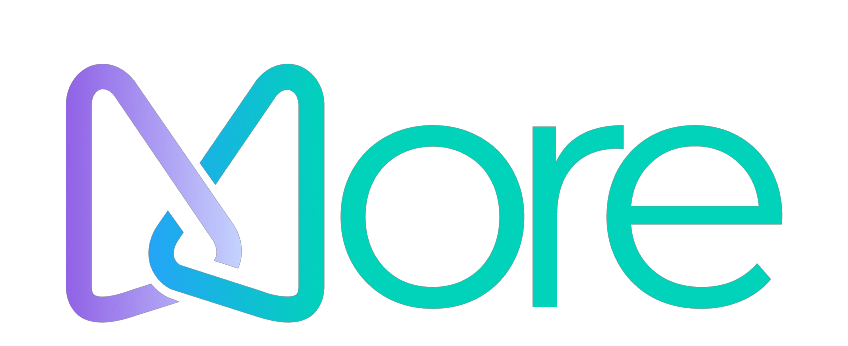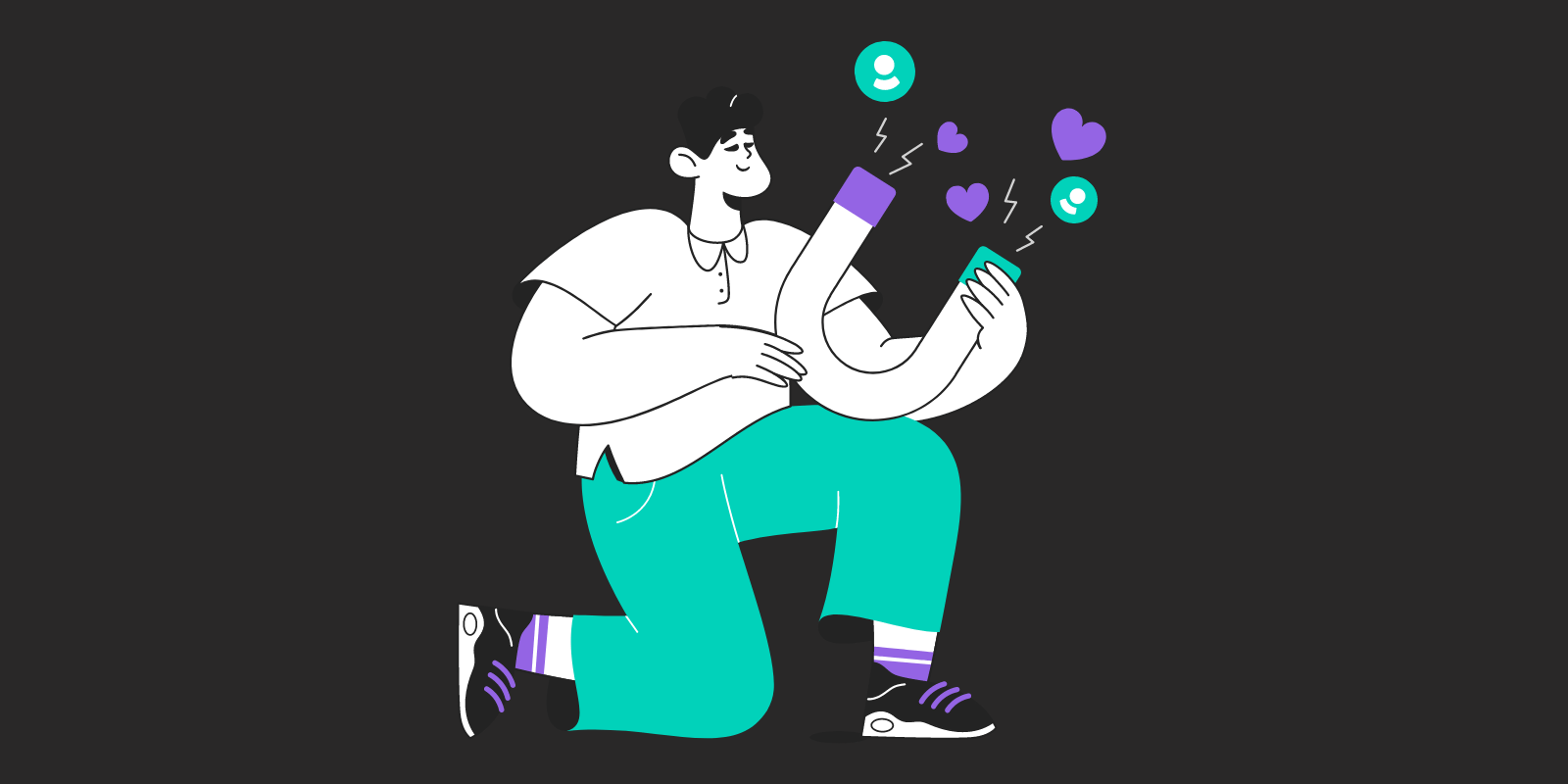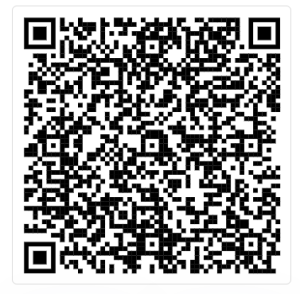Introducere
In today’s dynamic work environment, recognizing employee contributions is more critical than ever. Traditional recognition methods often fall short in engaging employees meaningfully. Gamified employee recognition introduces game elements into acknowledgment processes, making them more interactive and impactful.
By incorporating features like points, badges, and leaderboards, organizations can create a culture of recognition where appreciation is timely, visible, and motivating. This approach not only acknowledges achievements but also fosters a sense of community and continuous engagement.
1. Implementing Points and Badges for Achievements
Assigning points for specific actions and awarding badges for milestones can significantly enhance motivation. For instance, employees might earn points for completing projects ahead of schedule or collaborating across departments. Accumulated points can lead to badges that represent various levels of achievement.
This system provides immediate feedback and a sense of progression, encouraging employees to strive for excellence. According to Vantage Circle, such gamified elements tap into the innate human desire for recognition and accomplishment.Building a culture of recognition starts with small, consistent acknowledgments like these.
2. Utilizing Leaderboards to Foster Healthy Competition
Leaderboards display top performers, fostering a healthy sense of competition among employees. When implemented thoughtfully, they can motivate individuals to improve their performance and engage more deeply with their work.
It’s essential to ensure that leaderboards promote inclusivity and recognize diverse contributions to maintain a positive environment. Reward Gateway emphasizes the importance of using gamification elements like leaderboards to incentivize desired behaviors effectively and strengthen a culture of recognition throughout departments.
3. Encouraging Peer-to-Peer Recognition
Empowering employees to recognize each other’s efforts can strengthen team bonds and create a supportive work culture. Gamified platforms can facilitate peer-to-peer recognition by allowing employees to award points or badges to colleagues for their contributions.
This approach not only diversifies the sources of recognition but also promotes a sense of ownership and community within teams. Engagedly highlights the effectiveness of gamifying feedback to encourage constructive peer interactions, which further nurtures a culture of recognition driven by everyone—not just management.
4. Integrating Recognition into Daily Workflows
For gamified recognition to be effective, it should seamlessly integrate into employees’ daily routines. Utilizing platforms that sync with existing tools ensures that recognition becomes a natural part of the workflow rather than an additional task.
This integration enhances the visibility of achievements and reinforces positive behaviors consistently. Vantage Circle discusses how incorporating gamification into employee recognition can enhance engagement by making appreciation a regular and integrated practice.
5. Offering Meaningful Rewards
While intrinsic motivation is vital, tangible rewards can further incentivize employees. Gamified recognition programs can include a reward system where accumulated points can be redeemed for various benefits, such as gift cards, extra time off, or professional development opportunities.
Ensuring that rewards align with employees’ preferences enhances the effectiveness of the recognition program. According to BeeLiked, gamification transforms employee rewards, making them more engaging and personalized.
More Gamification: Making Recognition Personal and Impactful
At More Gamification, we believe that employee recognition should be frequent, meaningful, and empowering—not just top-down, but peer-to-peer. That’s why we’ve built a gamified recognition system directly into our app that helps cultivate appreciation across your entire team.
How It Works
Employees can send each other “thank you points” for positive actions or behaviors, tagging them with a specific hashtag that aligns with your company’s core values—like #reliability, #criticalthinking, or #communicateeffectively.
🎯 Example:
Sophie finishes a big client presentation with help from Liam. Sophie sends Liam thank you points with #reliability to recognize his dependability under pressure.
What Makes It Powerful
- ✅ Hashtag-based Recognition: Reinforces values-driven behavior in a way that’s simple, searchable, and consistent.
- 🎁 Gamified Leaderboards: Showcases who’s living out the company values most actively.
- 📊 Analytics for HR: See trends in which values are being recognized most and which teams are most engaged.
- 🔁 Real-Time Visibility: Recognition feeds are visible in the app, boosting morale and encouraging a positive feedback culture.
💡 This feature not only supports individual appreciation but also builds a shared understanding of what great performance looks like across the organization.
Concluzie
Gamified employee recognition is a powerful tool for fostering a culture of appreciation and engagement. By implementing strategies like point systems, leaderboards, peer recognition, workflow integration, and meaningful rewards, organizations can create an environment where employees feel valued and motivated.
Embracing gamification in recognition not only boosts morale but also drives performance and retention. To explore more about gamification strategies, consider reading our articles on free gamification tools și gamification in human resources.


